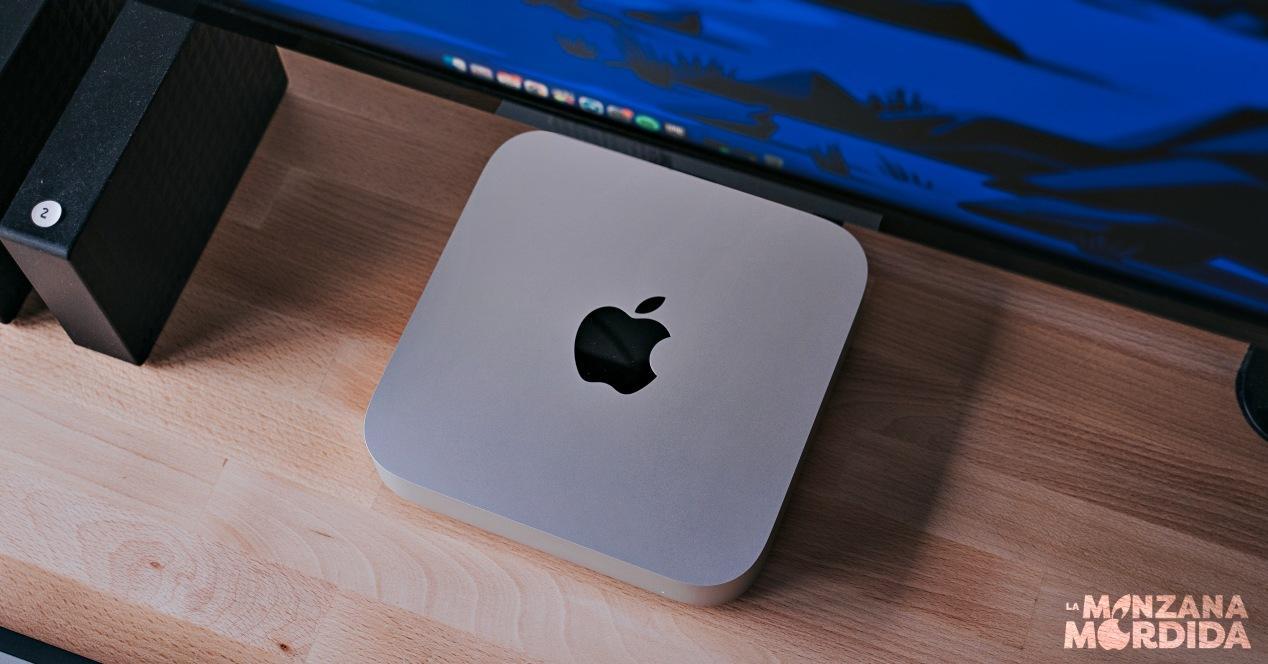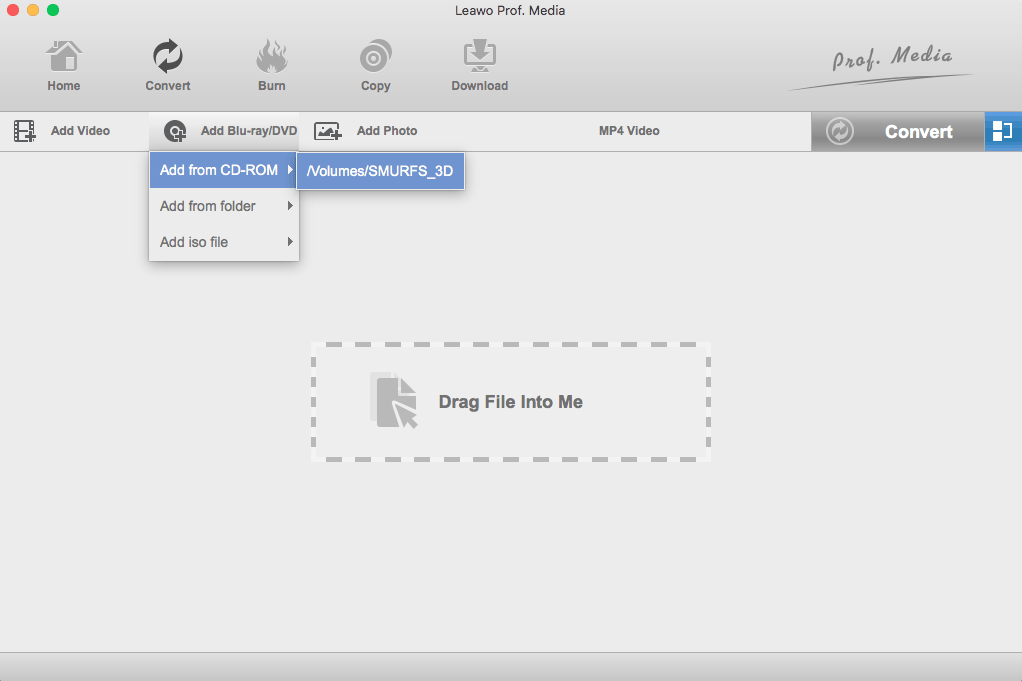


MiniWOL is almost identical for Windows and MacOS X, but there are minor differences as can be seen in the screenshots below. Unzip the downloaded file and drag the application into your “ Applications” folder.

Quite often you’d need to do some settings in the “BIOS” of your computer, and do some settings in the operating system as well.Ĭertain devices, like most NAS devices, make it a little easier by offering a simpel “WOL ON/OFF” function. Enabling Wake On LAN on your Network Deviceīefore we can wake up a network device with WOL, you will need setup this device to do so. See also these 2 Microsoft Technet articles: About Subnet-Directed Broadcast and Choose Between Unicast and Subnet-Directed Broadcast for Wake On LAN. This is unfortunate, since broadcasts aimed at a specific device (unicast) appears more secure than subnet-directed broadcast. This technique does seem to be required for some devices to work with WOL. Note : As of version 1.2, miniWOL supports subnet directed broadcasting. Naturally, you can guess that this is not 100% fool proof, but it’s better than nothing, and in your local network (at home or in the office) this might be safe enough.

To prevent that just anything can wake up such a network device, a very specifically formatted “magic packet” has to be send over the network. Normally just one single packet should do the trick, but most Wake On Lan applications actually send more than one packet – just to make sure. The Magic Packet ( UDP) is typically send to port 9, some systems default to port 7, and some systems allow you to define your own port number.


 0 kommentar(er)
0 kommentar(er)
